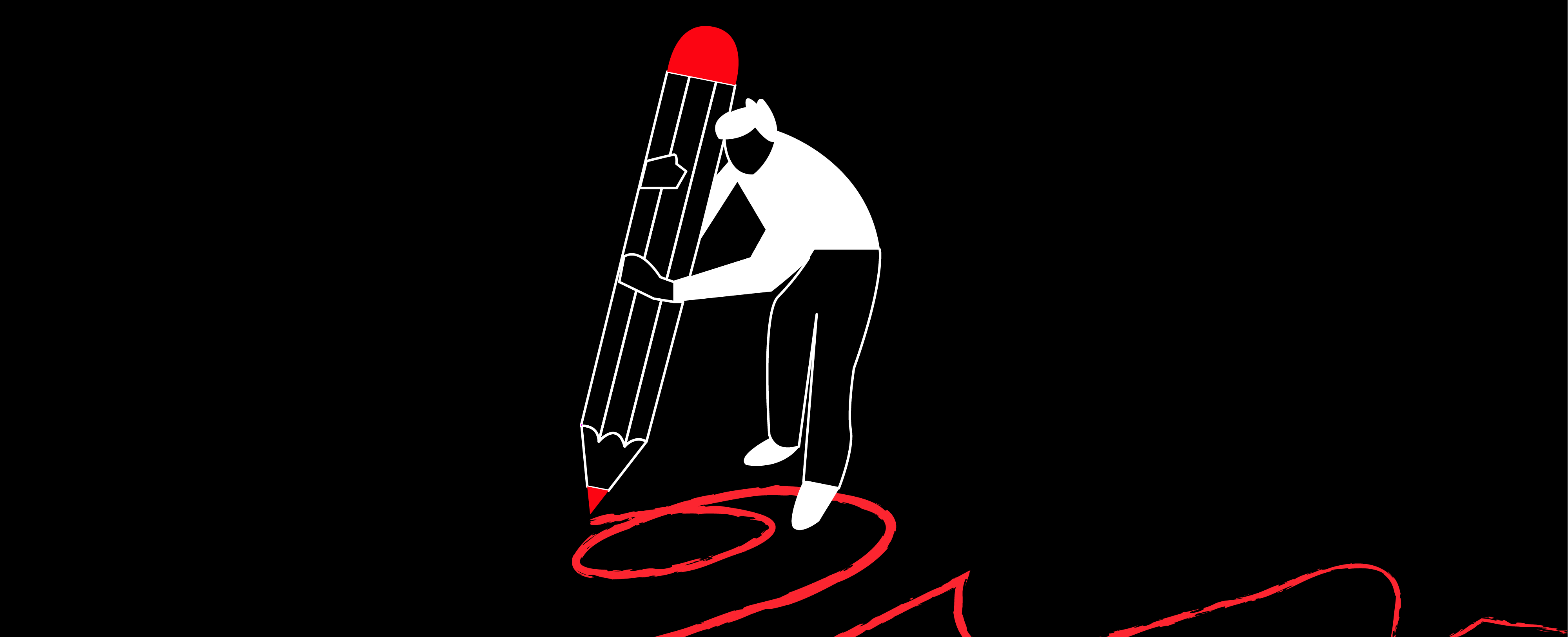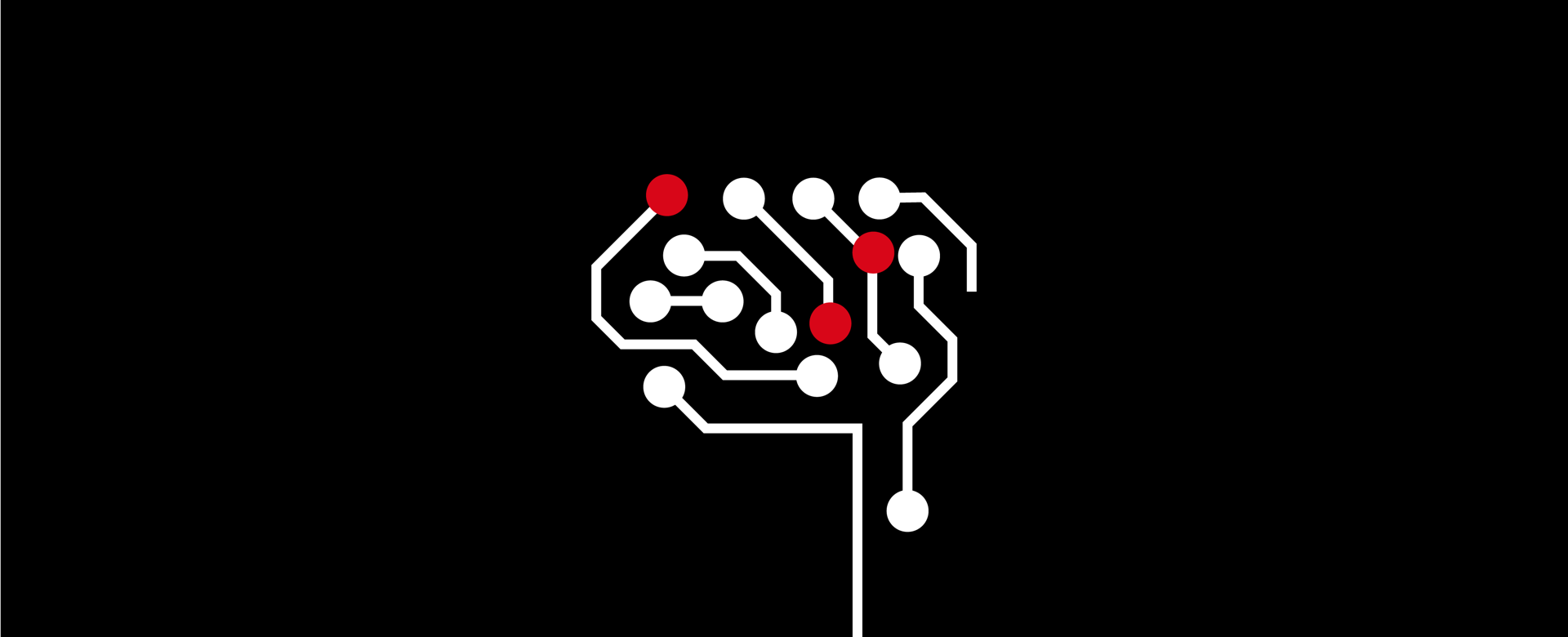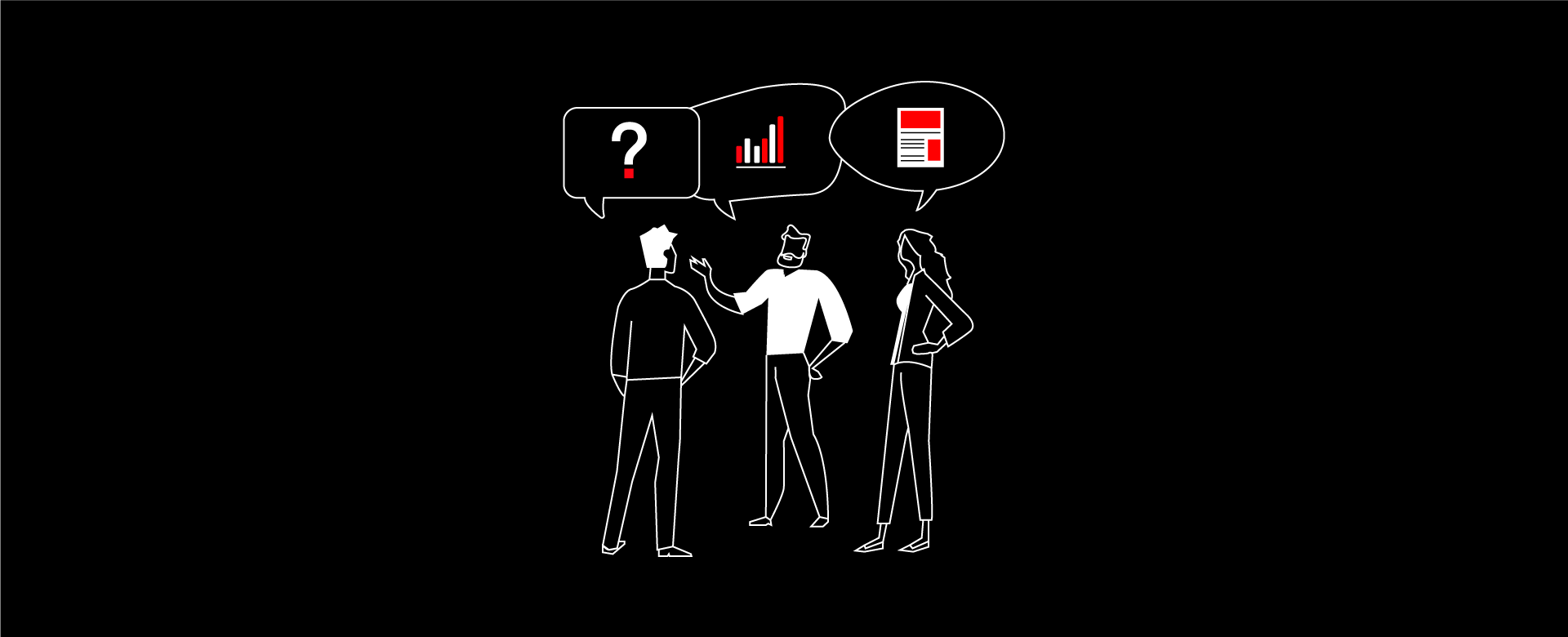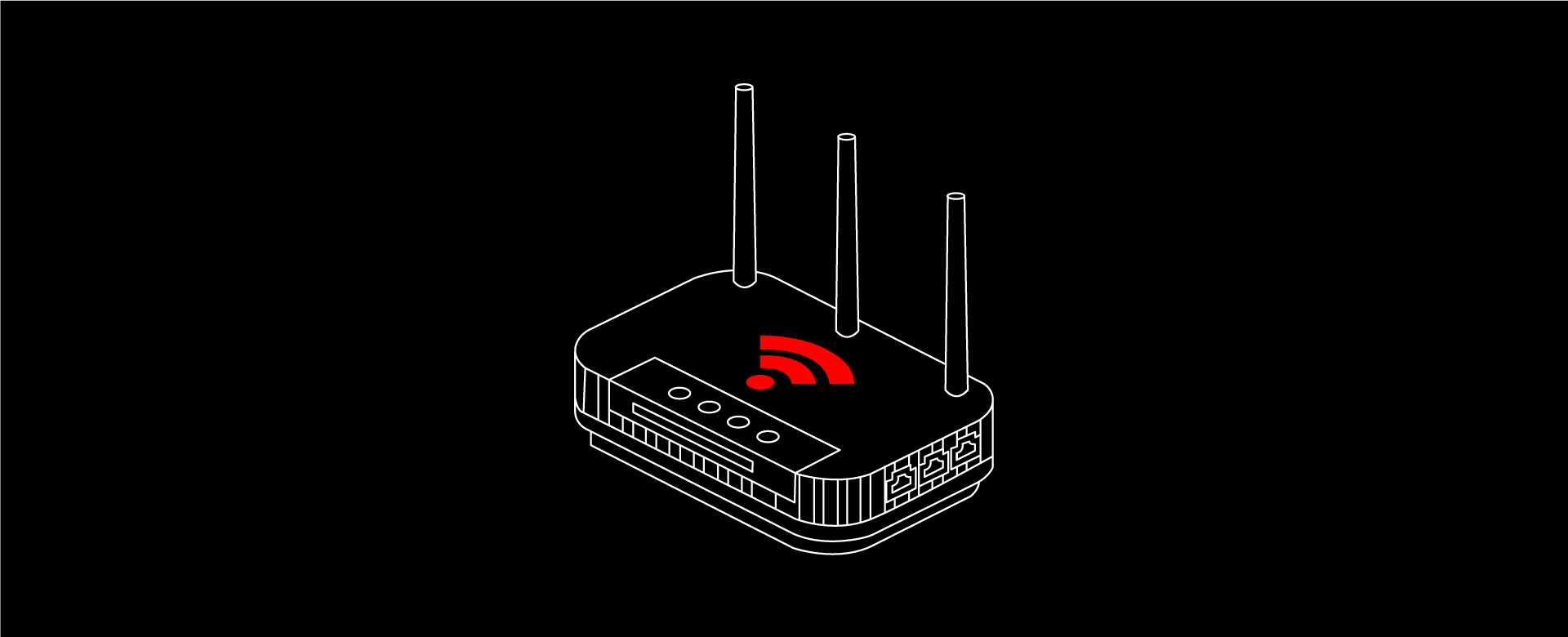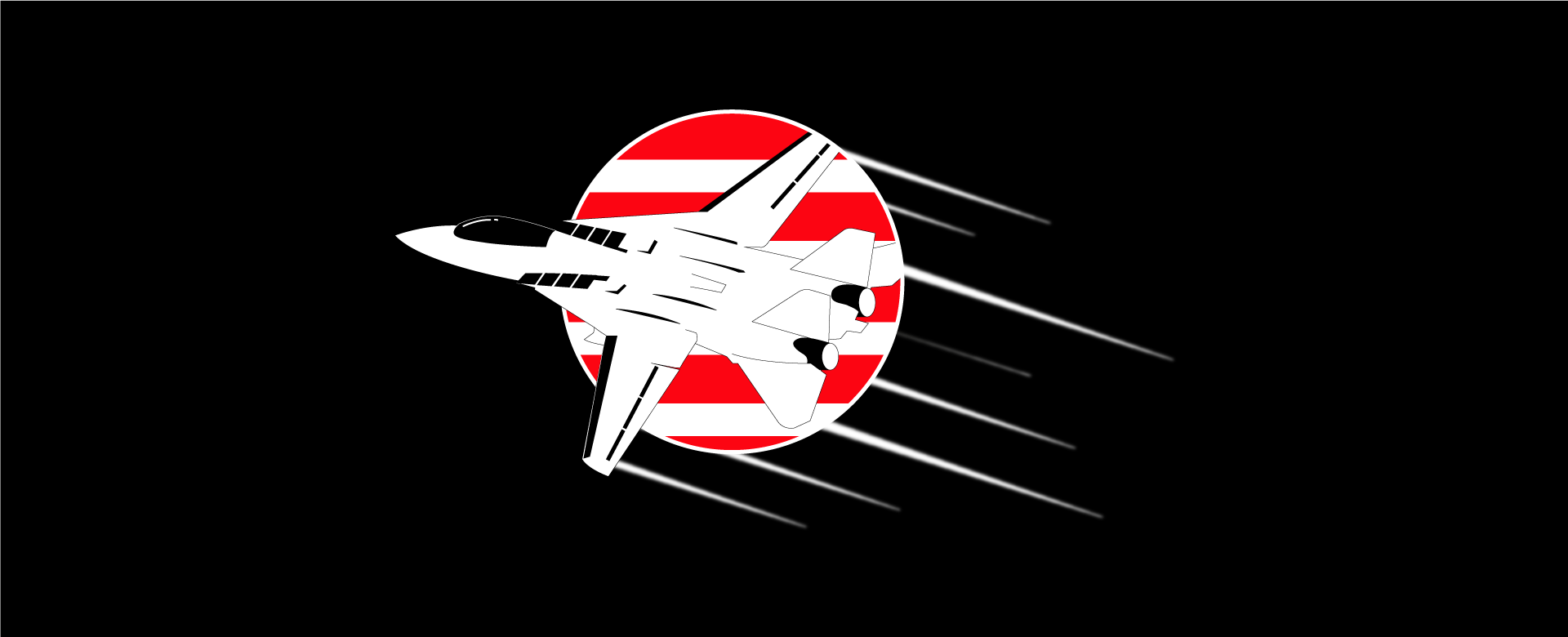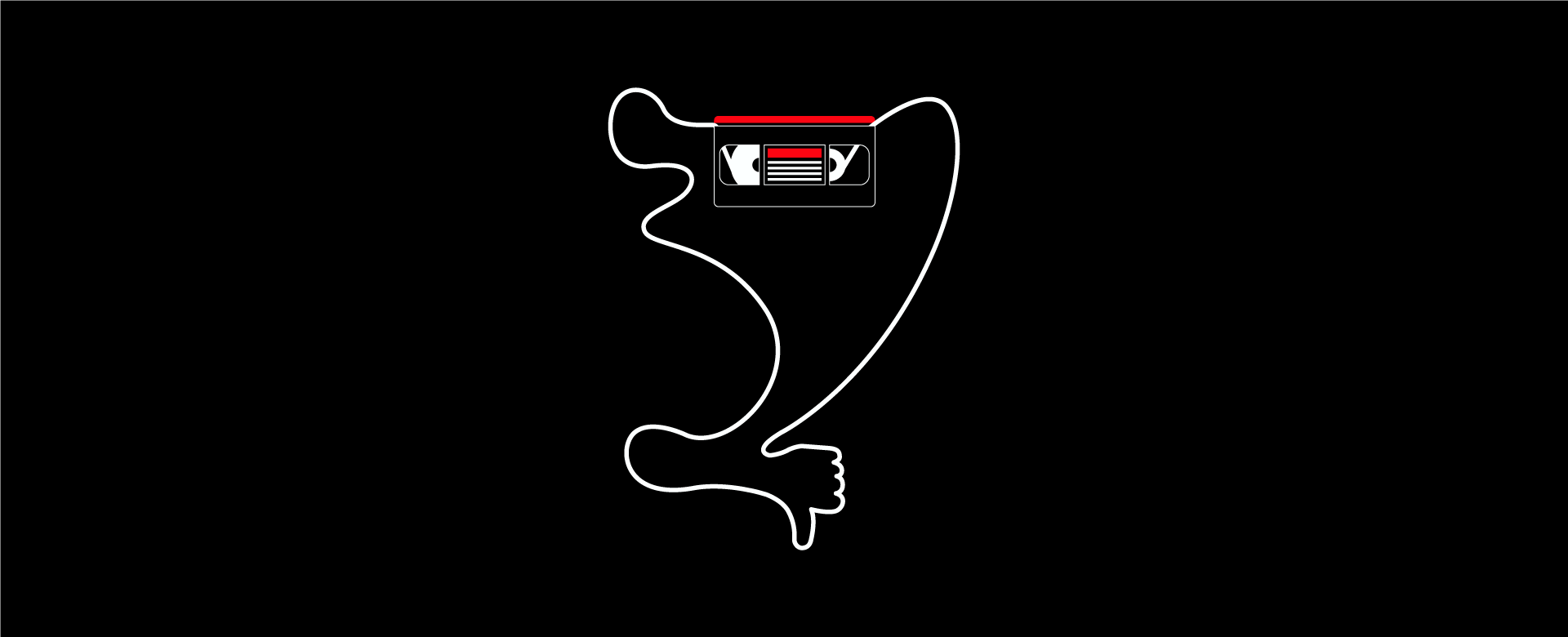Fun and creativity have always been central to IC as a function. So it’s only natural that LEGO could click right into place as a powerful tool.
Let’s start with a confession. We love LEGO.
Come to our offices and you’ll see LEGO minifigures for each employee, a Star Wars millennium falcon and, depending what day, who knows what else.
So, investing in LEGO serious play was a seriously easy decision.
What is LEGO serious play?
If you’ve not heard of LEGO serious play before, it’s a means of using LEGO in a work environment.
It’s a way of building models to represent thinking, provide a visual representation of ideas, and it’s naturally very interactive and hands on.
But there’s some serious theory behind it. And we found that quite powerful.
Spoiler: LEGO serious play isn’t about LEGO
Here’s the surprising thing – it’s not actually about LEGO. Yes, there’s LEGO involved, but it’s actually about storytelling.
Have you heard of third point conversations? It’s a way of taking communication away from what can sometimes feel like a confrontational person to person approach, and making it about a thing (or third point).
It’s used in some therapies and means a move away from ‘me versus you’ to a place of looking at something together.
Third point conversations
Let’s say we asked a colleague how they were feeling about work. Depending on our relationship with them we may get different responses:
- They might be tempted to censor their answer to protect our feelings
- They may feel pressured to give a specific response they think we want
- They may just give us both barrels, focussing on what’s really frustrating them!
Instead, we could give them a framework of LEGO serious play and ask them to build a model showing how they feel about work.
In this scenario:
- They’re able to reflect as they go and build a model showing a more rounded view, allowing more detail
- They can talk it through in a dispassionate way, “these blocks reflect the workload building up behind me”, making for an honest and free conversation
- You have a visual model to discuss and ask questions about, allowing for rich conversation without feeling like you’re probing into difficult areas
The collaboration really clicks
Now if we have a group of people building individual models, it gets even better when we come together.
When everyone has shared their stories, we work through a process of taking the best from each to create a single, larger shared model, updated and refined as a team.
What you end up with is a story created together, showing a collective view, which anyone can talk through. And that can lead to some wonderful things.
You can make anything with LEGO
You may have got the gist – these little coloured blocks are a powerful tool for some great conversation and collaboration. And where you take that is up to you.
Here’s where we think it can add real value:
- Employee experience. LEGO can be great for time travel. Create a model of how things are now, and rebuild it into how we’d like them to be. That can help improve the experience of onboarding, returning from leave or anything in between.
- IC strategies. Consider a workshop where your IC team is building individual models about how to use IC to support the business and employees for the year ahead, then they all come together to make a central model. You’ll have a great foundation to switch onto Post-Its to unpack the ideas, then develop, prioritise and refine.
- EVPs. Getting honest feedback from employees and a future vision of the organisation from leaders could become even better through the LEGO approach. There’s no ambiguity in the blocks, so you get an accurate shared view to tee up the all-important framework and creative process.
We’re now officially certified to facilitate LEGO serious play and we’re seriously excited about it.
If you’d like to see how LEGO can support your strategies, or you just want to come see the millennium falcon, give us a shout. It could be the building blocks of something rather special.



